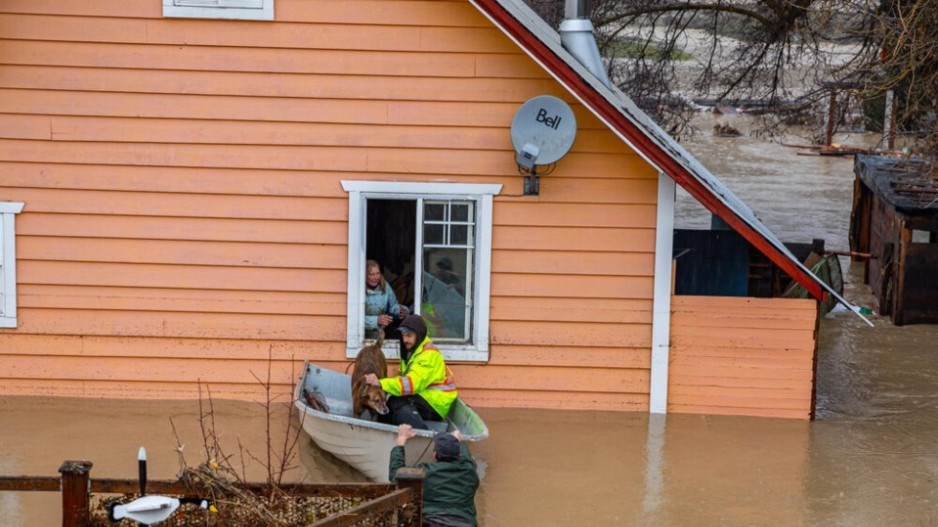Too many emergencies in too many places and not enough people trained to warn the public.
That is why the BC NDP government failed to implement local alerts via mobile phones and radio and TV stations last summer, according to an Emergency Management B.C. (EMBC) briefing note for Deputy Minister Tara Richards.
“The lack of subject matter expertise and defined scope has resulted in little progress being made toward implementing a Public Alerting Solution,” said the July 29, 2021 document, obtained through a freedom of information request. “Specifically, the focus on alerting for all emergencies, rather than those that were most significant, overcomplicated the problem set resulting in no clear path forward.”
The province did not issue localized “broadcast intrusive” (BI) alerts during the record June heat dome, July forest fires or November floods. The National Alert Aggregation and Dissemination System uses Alert Ready from contractor Pelmorex. B.C. began testing Alert Ready in 2018, but it was not used in a real situation until Nov. 25, 2021, by Vanderhoof RCMP to warn of a shooting rampage in the town centre.
By comparison, in 2019 alone, Alberta used Alert Ready to warn of wildfires (17 times), tornados (11), AMBER alerts (five), train accidents (two) and a dangerous highway condition. This year’s B.C.-wide system tests are scheduled for May 4 and Nov. 16. Local governments and First Nations are responsible for notifying the public about imminent or unexpected threats to life by severe weather, natural disasters or other emergencies via door-to-door, sirens, social media, signage or subscription-based notifications. But EMBC has not developed a program for them to deploy BI alerts for disasters in their jurisdictions.
“EMBC has been working to implement BI alerting since 2014 over which time the capacity of alerting solutions has matured,” the briefing note states. “The B.C. alerting environment is complex as there are 193 local authorities and 203 First Nations for a total of almost 400 alert issuers,” the briefing note said. “Many local authorities and First Nations have invested in their own subscription-based notification services which are used for a variety of purposes including emergency related messaging.”
Operational considerations for administering a BI system include the scope of hazards, jurisdictional overlap and centralized versus decentralized program delivery.
EMBC is working on a new incident management system, called WebEOC, to manage local alerting programs. The briefing note suggested a time-limited regional pilot would allow EMBC to develop and test alerts in a phased manner so as to reduce risk and complexities. It did not give timelines.
“Initial consultation with the Pelmorex Corporation as of July 27, 2021, have provided contacts across Canada. EMBC staff are in the process of connecting with other provincial government's public alerting staff to evaluate approaches and identify potential resources which could be retained to support advancing this work.”
EMBC said in a prepared statement on March 25 that it would implement the National Alert Ready system in time for the 2022 freshet and wildfire seasons. “This will provide an excellent learning opportunity and will advance the sophistication of our alerting program with our Indigenous and local government partners.”
It also said the WebEOC program would replace manual systems and support planning, incident reporting, decision support, response and recovery.
The Ministry of Public Safety and Solicitor General’s three-year service plan, released on budget day in February, says priorities include expanding Alert Ready for additional hazards to enhance First Nations and local government preparedness and response, and to enhance provincial coordination and information sharing about natural disasters with First Nations and local governments.
At least one community is taking matters into its own hands. On March 22, the Columbia Shuswap Regional District announced a $30,000 early warning system for residents of Wiseman Creek in Sicamous. The system is the result of a BGC Engineering study that found slopes above the Sicamous Creek mobile home park are so unstable that experts believe a landslide is inevitable within the next two years.




